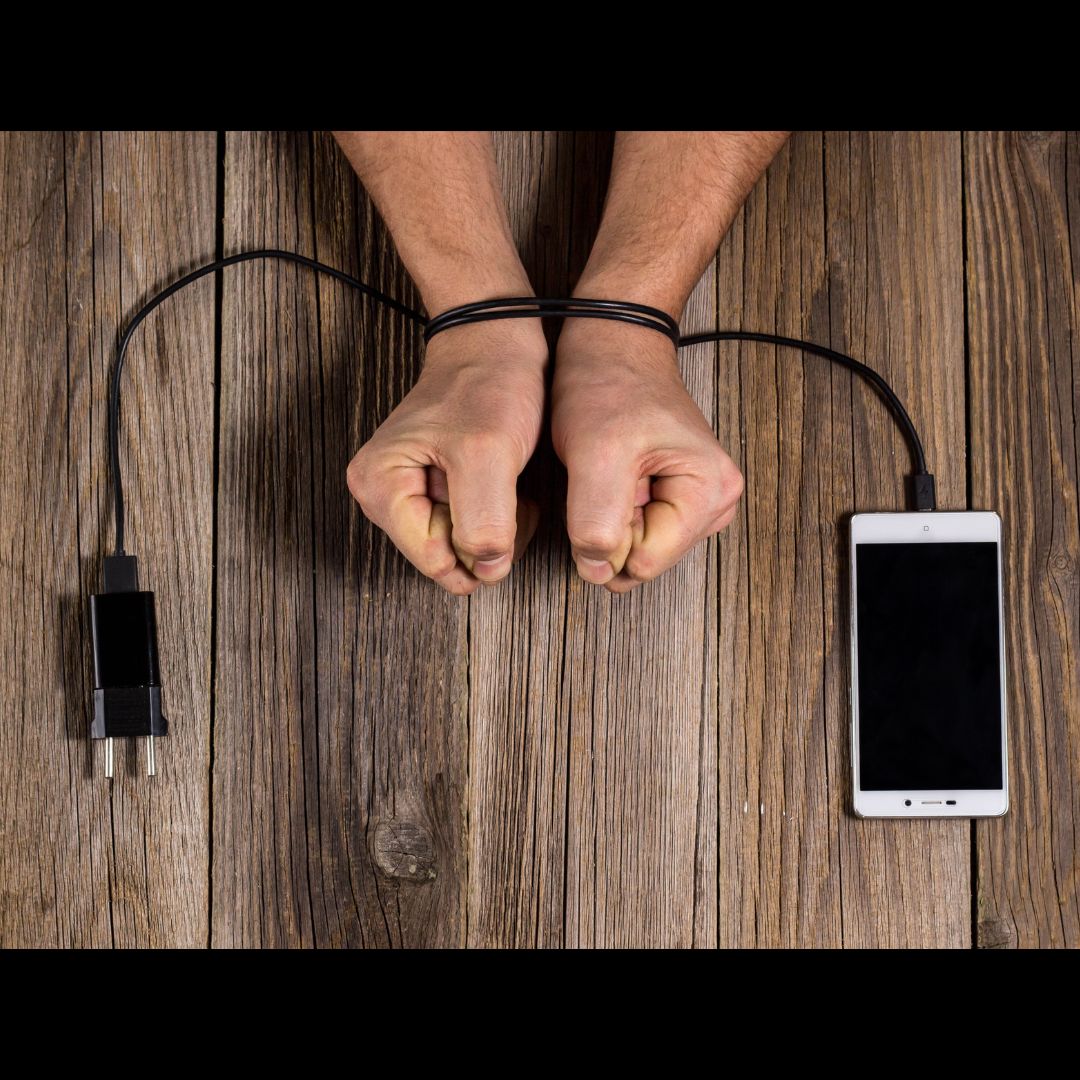Many people are interested in learning how to quit porn for various reasons. One factor is moral conviction, as some people believe it is wrong and wish to eliminate it from their lives. Others want to quit due to the negative impact on their health, such as lack of physical activity, social isolation, or work-related issues. Pornography addiction can lead to unhealthy behaviors in these areas, prompting individuals to seek a way out. Another motivation to quit porn is to repair relationships that have been harmed by secret consumption. Betraying trust by viewing porn behind a partner's back can strain the relationship, and quitting becomes a way to regain trust.
How To Quit Porn In 7 Steps
1-Know your motivation and reasons for quitting.
First and foremost, it is crucial to understand your personal motivation for quitting porn. Identify your "why" and the values associated with it. For instance, if moral conviction is your driving force, quitting will bring a clear conscience and a sense of integrity. If it is about improving your health, quitting will enable you to pursue a healthier lifestyle with better balance, more social connections, regular exercise, and a nutritious diet. Perhaps repairing your relationship is the primary reason, so regaining your partner's trust becomes your motivation. Whatever your "why" may be, it is essential to acknowledge it because the journey to quit porn will be challenging, with moments of difficulty and setbacks. Reminding yourself of your motivation will help you stay on track.
2-Identify the underlying needs that pornography fulfills for you.
Next, it is vital to reflect on the deeper emotional and psychological needs that pornography fulfills for you. People turn to porn for various reasons, such as sexual frustration, loneliness, a desire for power, or a longing to fill emotional voids. These underlying issues should be addressed, and seeking counseling or relationship coaching can be beneficial in understanding and resolving them. Treating the root causes and not just the behavioral symptoms is crucial in overcoming addiction. Addiction often satisfies or conceals certain needs, and uncovering these aspects is necessary for long-term recovery. Pornography is highly addictive, as it triggers the same reward center in the brain as substances like crack cocaine. Acknowledging and exploring the holes it fills in your soul will help you overcome it.
3-Recognize and avoid vulnerable moments.
Knowing your vulnerable moments is the third step in quitting porn. Recognize the situations or circumstances that make you most susceptible to consuming pornography. Common vulnerable moments include late nights when fatigue weakens impulse control, times of anonymity during travel, or moments of solitude and tiredness. Identifying your own vulnerable moments will enable you to take proactive measures to avoid them. By anticipating these situations, you can plan alternative activities, such as spending time with friends, going to the movies, or turning off electronic devices early in the night. Avoiding these vulnerable moments will help you resist the temptation and prevent relapses.
4-Change your environment to disrupt the addiction sequence.
Changing your environment is another critical step in quitting porn. Addictions often follow a sequence, starting with triggers in your surroundings that activate the desire for pornography. By altering your environment, you can disrupt this sequence. If you sense the desire building within you, engaging in a different activity or going to a different location can help divert your attention. Beware of allowing yourself to take a peek at mild imagary because that is often a slippery slope to pornography. It is essential to be aware of the subtle signs of desire and intentionally make changes to your environment to prevent succumbing to the addiction.
5-Install blockers on your devices.
Number five, you need to have blockers installed on your devices. Do not assume that you are strong enough to overcome porn addiction on your own. No one is when it comes to any form of addiction. If you were addicted to cocaine, would you keep it in your house and rely solely on your willpower to resist it? Of course not. Similarly, if you were trying to reduce your consumption of sweets, would you keep them readily available in your home and expect to have enough willpower to resist them? Again, the answer is no. Knowing that you will have moments of weakness and temptation, it is crucial to have blockers installed on all of your devices. One popular software option is Covenant Eyes because it will block access to pornographic content and allow you to set up an accountability partner. This partner receives a report of your online activities, including screenshots of any explicit content you may encounter. It is important to have blockers in place because relying solely on your willpower to resist porn is not enough. Additionally, make sure someone else is in charge of the password for the blocker to prevent any attempts to bypass it during moments of temptation.
6-Seek accountability from a trusted partner or support group.
Number six, seek accountability. Software like Covenant Eyes, mentioned earlier, already includes built-in accountability features. By having someone else review your online activities, the anonymity that contributes to addiction is diminished. It is crucial to feel accountable and to know that someone else is aware of your actions. Similar to support groups found in programs like Alcoholics Anonymous, individuals overcoming any form of addiction benefit from having an accountability partner or group. Find someone you can confide in and talk to at least once a week about your journey to quit porn. Ideally, this person would also have experience with overcoming pornography addiction, allowing them to relate to your struggles and provide encouragement and assistance. Going through this journey alone and in isolation will hinder your success.
7-Redirect your thoughts to see people as complete individuals.
Number seven, redirect your thoughts. After having a history of viewing pornography, it is common for sexual thoughts to intrude upon everyday situations. People you find attractive may be automatically sexualized in your mind. This tendency takes time to fade, but you can actively contribute to its disappearance. The goal is to see people as complete individuals with emotions, concerns, and lives beyond their sexual appeal. Whenever you catch yourself sexualizing someone, whether in person or on screen, consciously redirect your thoughts. Focus on your partner if you're in a committed relationship, or shift your attention to something entirely different. Change your environment, engage in a different activity, listen to music, or eat something to break the train of sexual thoughts. By actively redirecting your thoughts, you can train your mind to view people as whole human beings rather than mere sexual objects. This step is crucial for the healing process after quitting pornography.
To recap, the seven steps to quit porn are as follows:
- Know your motivation and reasons for quitting.
- Identify the underlying needs that pornography fulfills for you.
- Recognize and avoid vulnerable moments.
- Change your environment to disrupt the addiction sequence.
- Install blockers on your devices.
- Seek accountability from a trusted partner or support group.
- Redirect your thoughts to see people as complete individuals.
By following these steps, you can take important strides towards quitting pornography and experiencing a healthier, more fulfilling life.

Receive my FREE Training on How To Move Your Relationship From Surviving To Thriving. Click here to get it!
What other tips would you recommend on how to quit porn?
